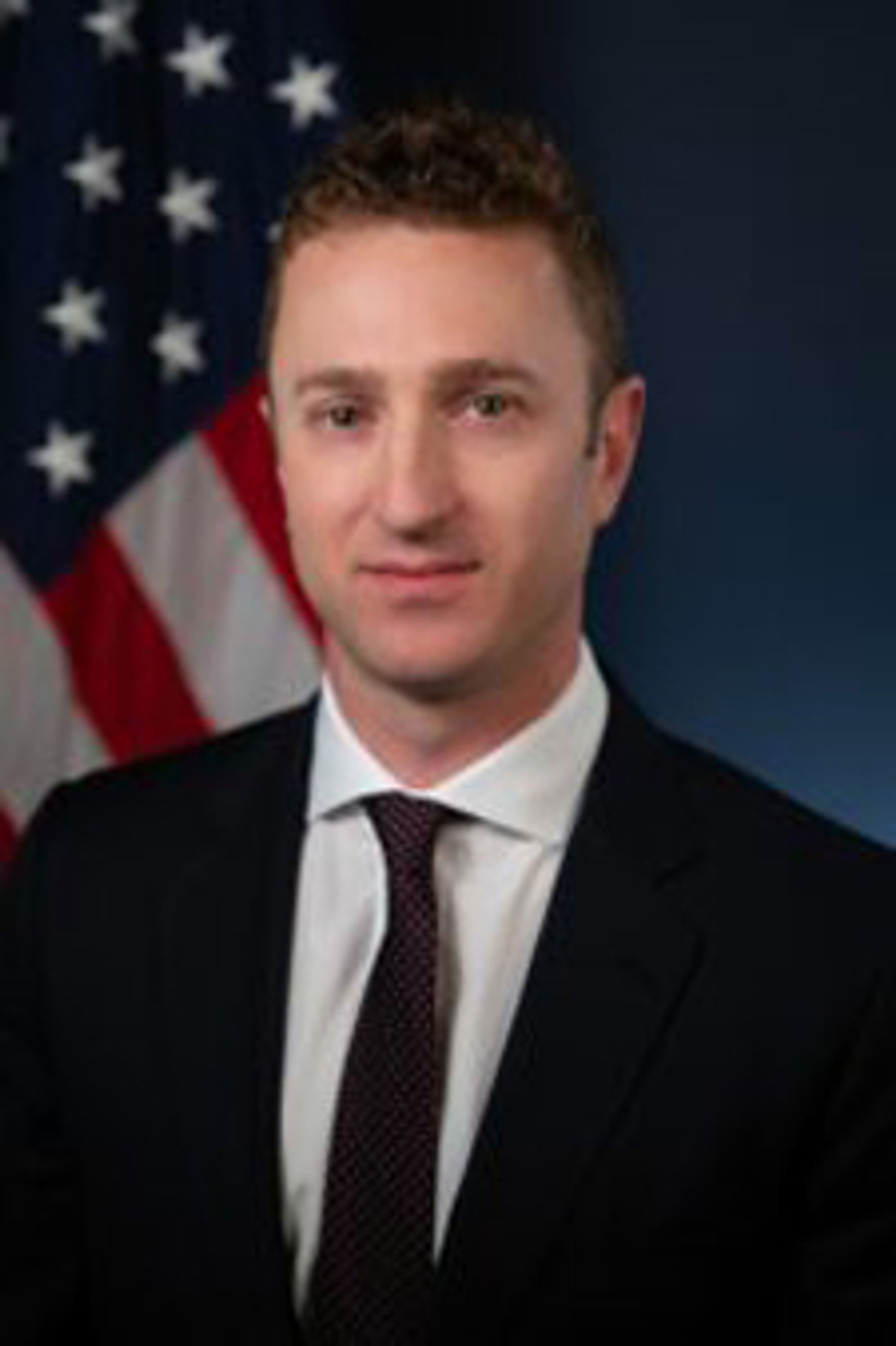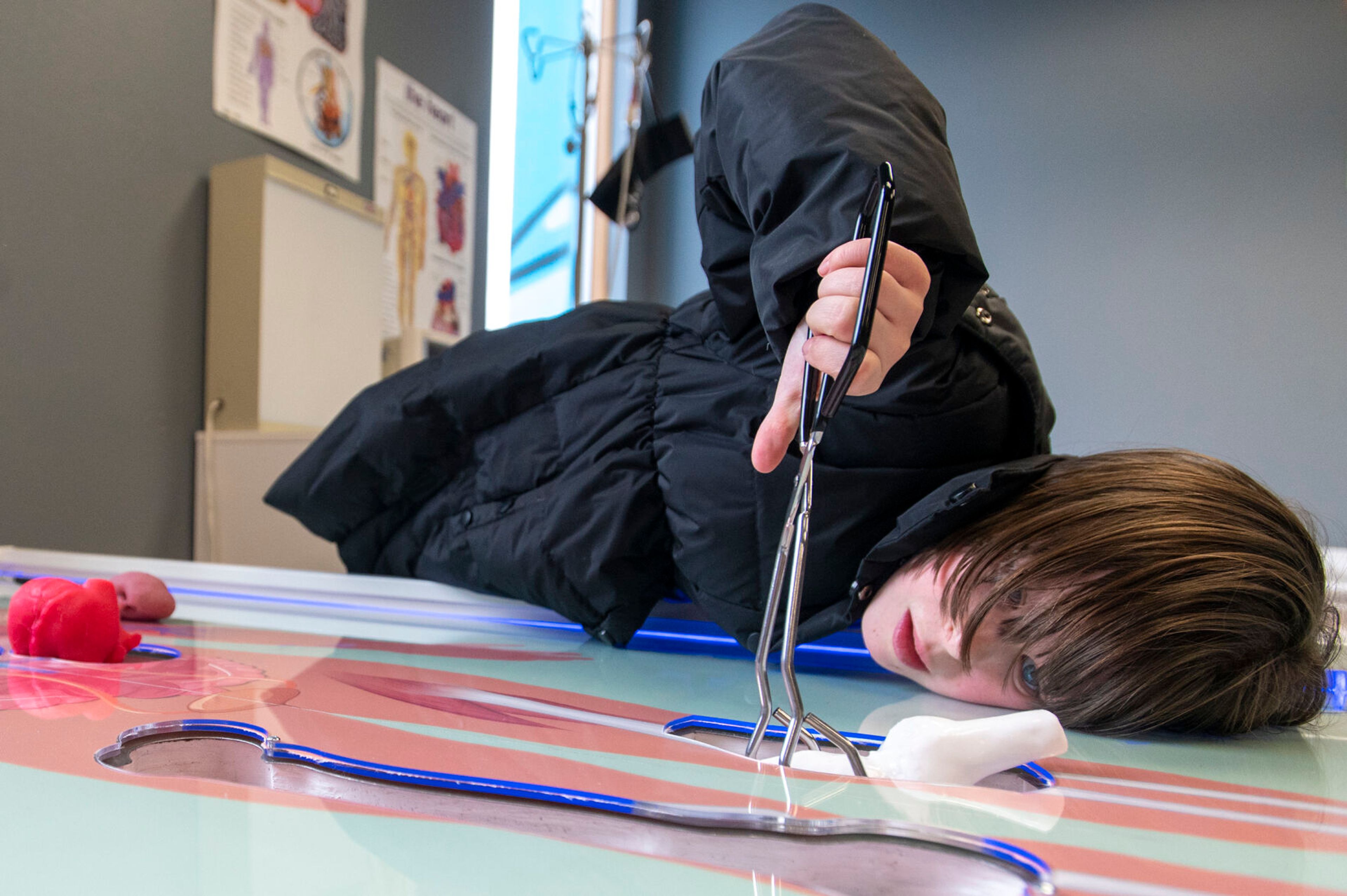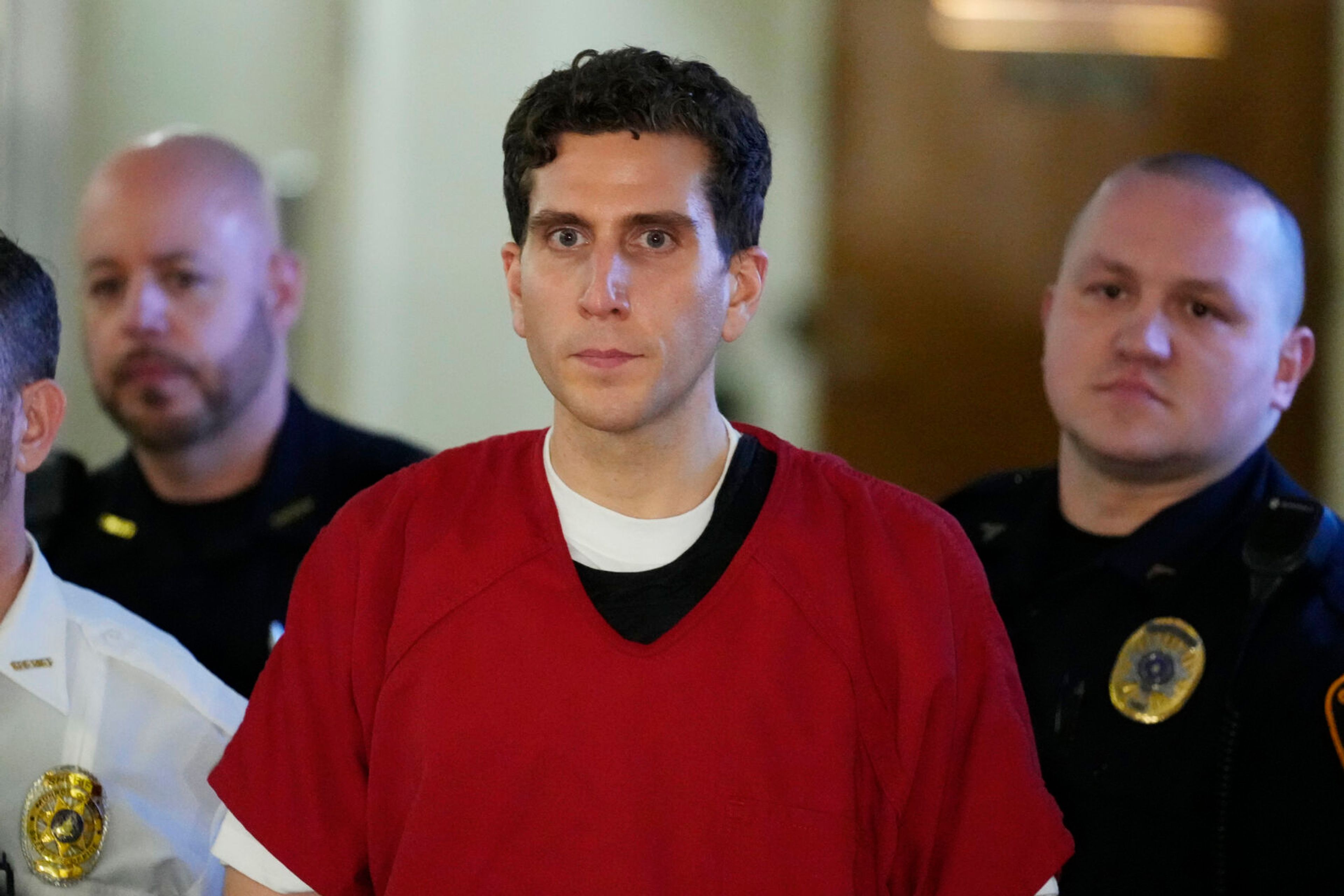UI EXPO embraces innovation
Pandemic prompts event to feature some online-only components
The University of Idaho’s annual Engineering and Design EXPO returned Thursday for its 28th year showcasing a slate of student-led projects ranging from infrasonic sensors for detecting wildfires to a remote-controlled platform designed for the school’s marching band.
The event will feature a scaled back in-person component today, about a year after the entire event was shifted online in response to the pandemic.
Each year, students in the UI’s College of Engineering are required to participate in a senior design project with the aim of presenting that work at the end of the year. Associate Dean for the College of Engineering John Crepeau said students work with industry partners to draft solutions to specific challenges in a given field. Crepeau said these partners range from local companies like Schweitzer Engineering Laboratories to larger organizations like NASA and Boeing. One of the main advantages to students, Crepeau said, is it affords them the opportunity to work hands-on with real-world engineering problems in a way that simulates the kind of work they’ll be doing when they enter the professional world.
“A company will say, ‘Hey, we’ve got this particular issue where we need this problem solved,’ they’ll provide some funding for the students to work on that,” Crepeau said. “The students interact with their client throughout the year, they’ll have design reviews to make sure that the design they’re working on meets the needs of their customer and then at the EXPO, they get to show it off.”
Crepeau said much of these students’ work in the curriculum leads up to this one grand event, but these projects sometimes take on life after the EXPO is over. In some cases, he said companies will hire students who have worked on projects for them in college. Other projects will be passed to new student groups to pick up where the previous design team left off.
“The idea is, we (did) a lot of groundwork, so we got the ball rolling and hopefully next year a different team picks up where we left off and continues the work forward,” said Carlos Santos whose team developed small devices that can be dropped from aircraft to create a sensory net for detecting wildfires. “Hopefully down the line, maybe three, five years, we can have an actual prototype that can be tested.”
Santos said the device his team developed still has a number of issues that must be resolved including a need for better battery life and more sustainable design that can be safely dropped into natural spaces and left unattended without causing problems or pollution.
Another project creating a remote control stage that could move drum sets and other stationary instruments around the field, is being designed for use by the UI’s marching band next year. Annika Esau, who is studying computer science, said she specifically signed up for a mechanical engineering project because it was more hands-on than the work she usually does for her major. She said the project has allowed her to hone new skills that she wouldn’t have had the opportunity to develop otherwise.
“I have been working on things that I had no idea how to do and I just kind of have figured out how to do them throughout this year,” she said. “That’s kind of how the whole project has been, every time that we have a problem, we end up solving it and being better for it.”
The EXPO will continue today with in-person presentations that are open to the public 9 a.m. to noon in the UI’s Memorial Gym. Environmental engineer and UI alumna Margrit von Braun will deliver the events keynote address at 12:30 p.m. which will be livestreamed at uidaho.edu/live and on Facebook. Von Braun’s speech will be followed by virtual presentations from to 2 p.m. to 5 p.m. Those who wish to attend virtual presentations can register through the shortened link https://bit.ly/3xzDRNU.
Jackson can be reached at (208) 883-4636, or by email to sjackson@dnews.com.








